Weizhen Hu
An Online Prediction Approach Based on Incremental Support Vector Machine for Dynamic Multiobjective Optimization
Feb 24, 2021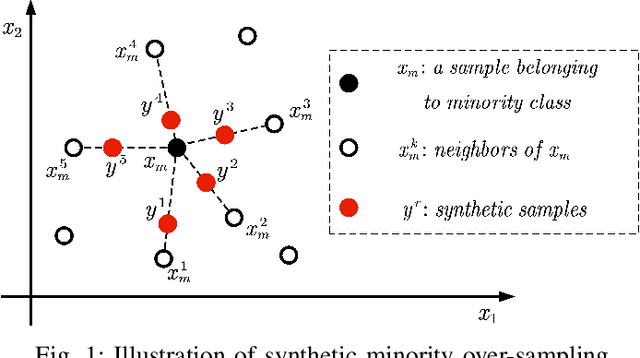

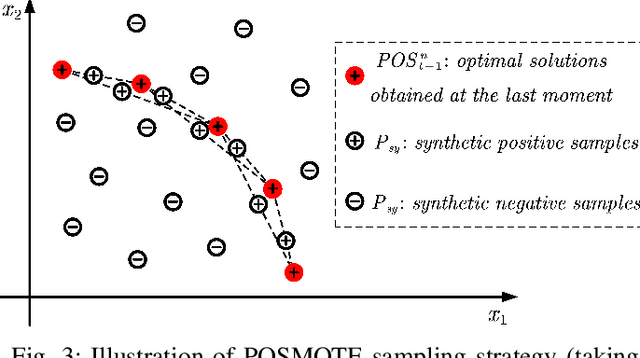
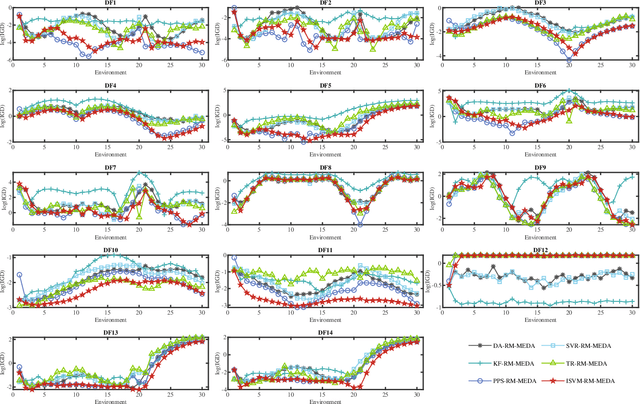
Abstract:Real-world multiobjective optimization problems usually involve conflicting objectives that change over time, which requires the optimization algorithms to quickly track the Pareto optimal front (POF) when the environment changes. In recent years, evolutionary algorithms based on prediction models have been considered promising. However, most existing approaches only make predictions based on the linear correlation between a finite number of optimal solutions in two or three previous environments. These incomplete information extraction strategies may lead to low prediction accuracy in some instances. In this paper, a novel prediction algorithm based on incremental support vector machine (ISVM) is proposed, called ISVM-DMOEA. We treat the solving of dynamic multiobjective optimization problems (DMOPs) as an online learning process, using the continuously obtained optimal solution to update an incremental support vector machine without discarding the solution information at earlier time. ISVM is then used to filter random solutions and generate an initial population for the next moment. To overcome the obstacle of insufficient training samples, a synthetic minority oversampling strategy is implemented before the training of ISVM. The advantage of this approach is that the nonlinear correlation between solutions can be explored online by ISVM, and the information contained in all historical optimal solutions can be exploited to a greater extent. The experimental results and comparison with chosen state-of-the-art algorithms demonstrate that the proposed algorithm can effectively tackle dynamic multiobjective optimization problems.
Evolutionary Dynamic Multi-objective Optimization Via Regression Transfer Learning
Oct 22, 2019



Abstract:Dynamic multi-objective optimization problems (DMOPs) remain a challenge to be settled, because of conflicting objective functions change over time. In recent years, transfer learning has been proven to be a kind of effective approach in solving DMOPs. In this paper, a novel transfer learning based dynamic multi-objective optimization algorithm (DMOA) is proposed called regression transfer learning prediction based DMOA (RTLP-DMOA). The algorithm aims to generate an excellent initial population to accelerate the evolutionary process and improve the evolutionary performance in solving DMOPs. When an environmental change is detected, a regression transfer learning prediction model is constructed by reusing the historical population, which can predict objective values. Then, with the assistance of this prediction model, some high-quality solutions with better predicted objective values are selected as the initial population, which can improve the performance of the evolutionary process. We compare the proposed algorithm with three state-of-the-art algorithms on benchmark functions. Experimental results indicate that the proposed algorithm can significantly enhance the performance of static multi-objective optimization algorithms and is competitive in convergence and diversity.
Online Bagging for Anytime Transfer Learning
Oct 20, 2019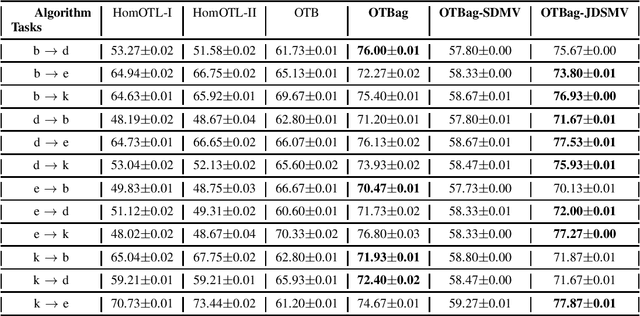
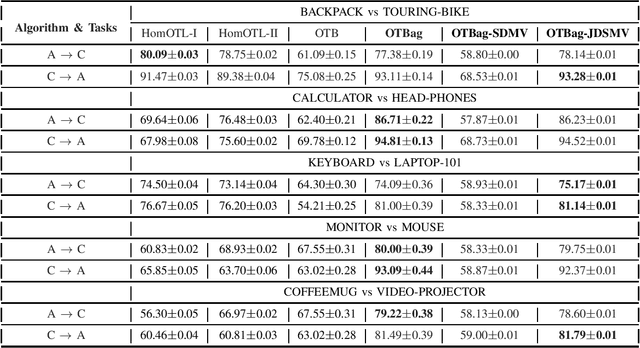

Abstract:Transfer learning techniques have been widely used in the reality that it is difficult to obtain sufficient labeled data in the target domain, but a large amount of auxiliary data can be obtained in the relevant source domain. But most of the existing methods are based on offline data. In practical applications, it is often necessary to face online learning problems in which the data samples are achieved sequentially. In this paper, We are committed to applying the ensemble approach to solving the problem of online transfer learning so that it can be used in anytime setting. More specifically, we propose a novel online transfer learning framework, which applies the idea of online bagging methods to anytime transfer learning problems, and constructs strong classifiers through online iterations of the usefulness of multiple weak classifiers. Further, our algorithm also provides two extension schemes to reduce the impact of negative transfer. Experiments on three real data sets show that the effectiveness of our proposed algorithms.
Solving Dynamic Multi-objective Optimization Problems Using Incremental Support Vector Machine
Oct 19, 2019



Abstract:The main feature of the Dynamic Multi-objective Optimization Problems (DMOPs) is that optimization objective functions will change with times or environments. One of the promising approaches for solving the DMOPs is reusing the obtained Pareto optimal set (POS) to train prediction models via machine learning approaches. In this paper, we train an Incremental Support Vector Machine (ISVM) classifier with the past POS, and then the solutions of the DMOP we want to solve at the next moment are filtered through the trained ISVM classifier. A high-quality initial population will be generated by the ISVM classifier, and a variety of different types of population-based dynamic multi-objective optimization algorithms can benefit from the population. To verify this idea, we incorporate the proposed approach into three evolutionary algorithms, the multi-objective particle swarm optimization(MOPSO), Nondominated Sorting Genetic Algorithm II (NSGA-II), and the Regularity Model-based multi-objective estimation of distribution algorithm(RE-MEDA). We employ experiments to test these algorithms, and experimental results show the effectiveness.
Solving dynamic multi-objective optimization problems via support vector machine
Oct 19, 2019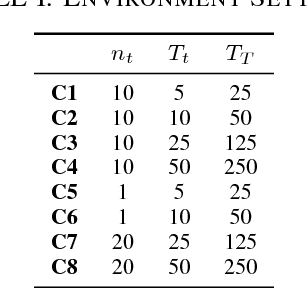
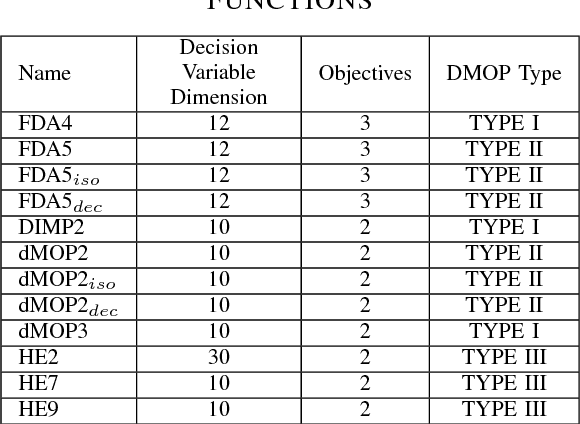
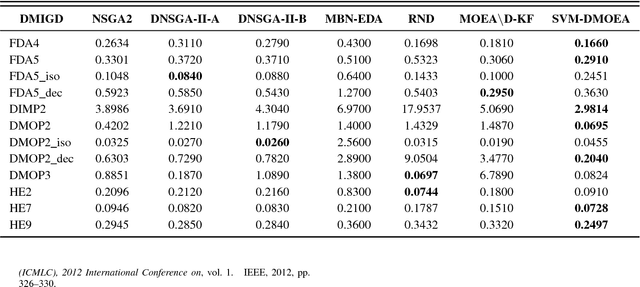
Abstract:Dynamic Multi-objective Optimization Problems (DMOPs) refer to optimization problems that objective functions will change with time. Solving DMOPs implies that the Pareto Optimal Set (POS) at different moments can be accurately found, and this is a very difficult job due to the dynamics of the optimization problems. The POS that have been obtained in the past can help us to find the POS of the next time more quickly and accurately. Therefore, in this paper we present a Support Vector Machine (SVM) based Dynamic Multi-Objective Evolutionary optimization Algorithm, called SVM-DMOEA. The algorithm uses the POS that has been obtained to train a SVM and then take the trained SVM to classify the solutions of the dynamic optimization problem at the next moment, and thus it is able to generate an initial population which consists of different individuals recognized by the trained SVM. The initial populuation can be fed into any population based optimization algorithm, e.g., the Nondominated Sorting Genetic Algorithm II (NSGA-II), to get the POS at that moment. The experimental results show the validity of our proposed approach.
 Add to Chrome
Add to Chrome Add to Firefox
Add to Firefox Add to Edge
Add to Edge